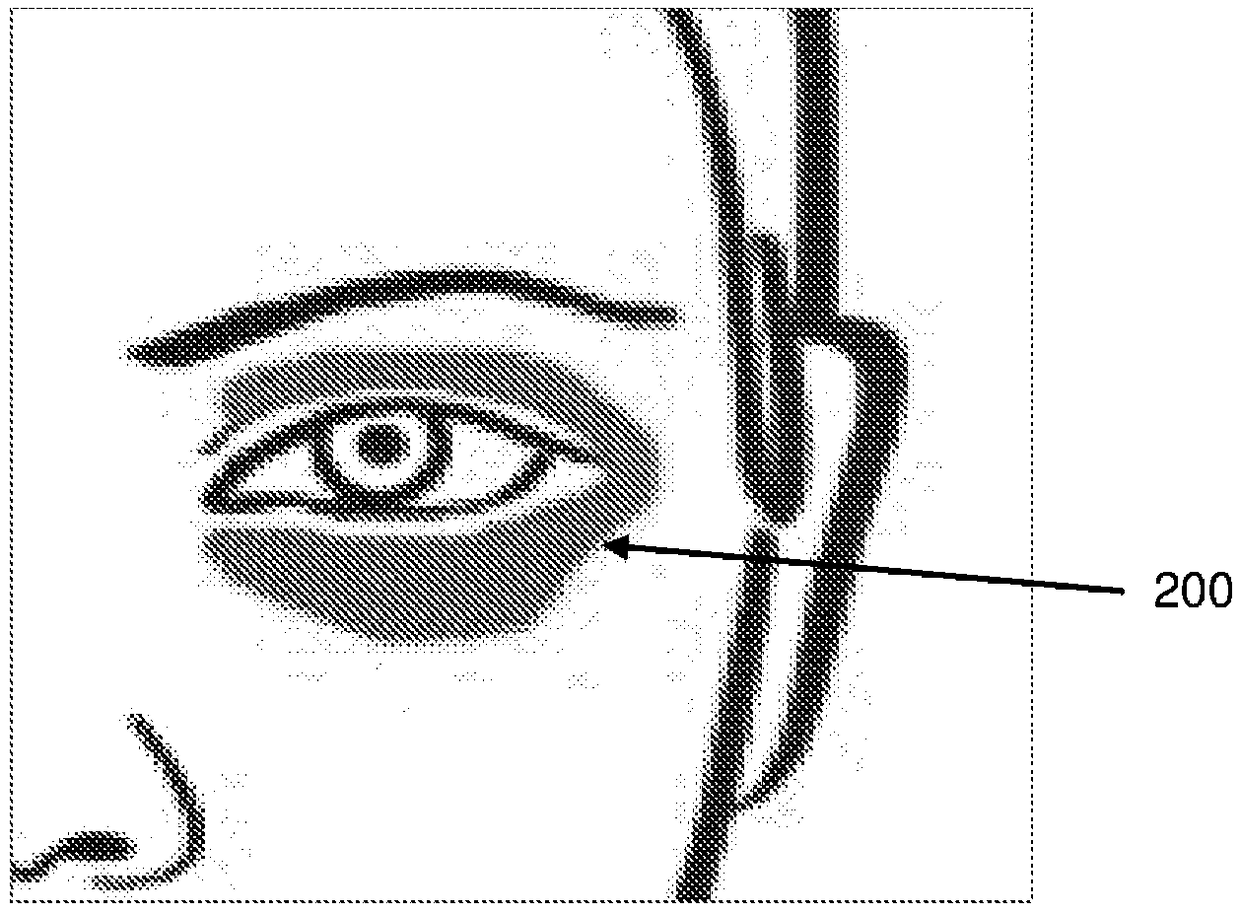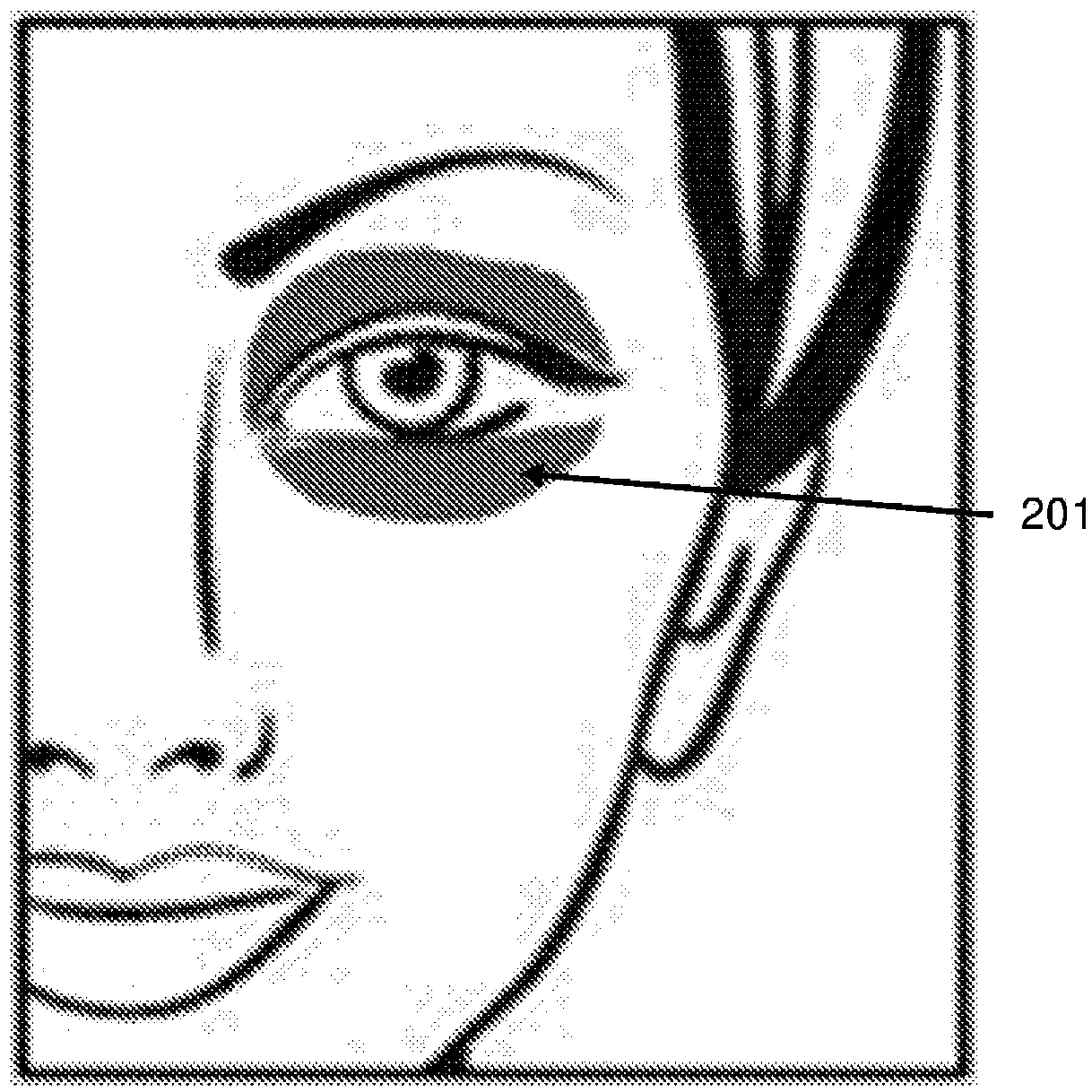Method of improving the appearance of periorbital dyschromia
A technology for abnormal pigmentation and appearance, applied in pharmaceutical formulations, skin care preparations, medical preparations containing active ingredients, etc., can solve problems such as no universally recognized definition of types, periorbital pigmentation abnormalities, etc.
- Summary
- Abstract
- Description
- Claims
- Application Information
AI Technical Summary
Problems solved by technology
Method used
Image
Examples
Embodiment 1
[0075] Embodiment 1—formulation embodiment
[0076] Table 2 shows five exemplary oil-in-water emulsion cosmetic compositions for use in the method according to the invention. Compositions A to E can be prepared as follows. In a suitable vessel the aqueous phase ingredients are combined and heated to 75°C. In a separate suitable vessel, combine the oil phase ingredients and heat to 75°C. Add the oil phase to the water phase and grind the resulting emulsion (eg with TEKMAR TM T-25 or equivalent). Add the thickener to the emulsion and cool to 45°C while stirring. At 45°C, the remaining ingredients were added. The product was cooled to 30°C with stirring and poured into suitable containers.
[0077] Table 2
[0078]
[0079]
[0080] 1 palmitoyl-lysine-threonine-threonine-lysine-serine, purchased from Sederma (France)
[0081] 2 Titanium dioxide coated mica, purchased from Kobo Products Inc.
[0082] 3 tapioca starch and polymethylsilsesquioxane from Akzo Nobel ...
Embodiment 2
[0114] Example 2: In vivo studies (VPS, blood perfusion and imaging)
[0115] This example demonstrates the ability of the methods of the invention to improve the appearance of Type II and Type III periorbital dyspigmentations. Twenty-five Caucasian female subjects aged 20 to 60 years participated in a nine-week faceted round-robin design study to evaluate the ability of pumpkin seed extract to improve the appearance of type II and type III periorbital dyspigmentation. The oil-in-water emulsion of Example R from Table 5 was evaluated in this study.
[0116] During the study, the sub-eye portion of the periorbital area on the left side of the face of the test subjects (i.e. Figure 4A Shaded area 400 in ), and the undereye portion of the periorbital area on the right side of the test subject's face was treated with a vehicle control (i.e., the same composition as the test composition, except without the pumpkin seed extract) . Test subjects were instructed to use the clean...
Embodiment 3
[0136] Example 3: In vitro studies (B16 - melanin assay)
[0137] This example demonstrates that pumpkin seed extract has no ability to inhibit melanin synthesis. Excess melanin is believed to be a major contributor to the appearance of type I periorbital dyspigmentation, but not type II. Therefore, treatment of type I periorbital dyspigmentation with pumpkin seed extract should not provide any improvement in its appearance, as demonstrated by the lack of melanin-suppressive activity in conventional B16 assays. This is important because it shows that a "one size fits all" approach may not be the best way to treat all types of periorbital melanoma. For example, a composition utilizing pumpkin seed extract may not improve the appearance of type I periorbital dyspigmentation.
[0138] In this example, a commercially available B16-F1 mouse melanoma cell line from the American Tissue Culture Collection (Virginia, USA) was used in a conventional melanin synthesis inhibition assa...
PUM
| Property | Measurement | Unit |
|---|---|---|
| Viscosity | aaaaa | aaaaa |
Abstract
Description
Claims
Application Information
 Login to View More
Login to View More - R&D
- Intellectual Property
- Life Sciences
- Materials
- Tech Scout
- Unparalleled Data Quality
- Higher Quality Content
- 60% Fewer Hallucinations
Browse by: Latest US Patents, China's latest patents, Technical Efficacy Thesaurus, Application Domain, Technology Topic, Popular Technical Reports.
© 2025 PatSnap. All rights reserved.Legal|Privacy policy|Modern Slavery Act Transparency Statement|Sitemap|About US| Contact US: help@patsnap.com



